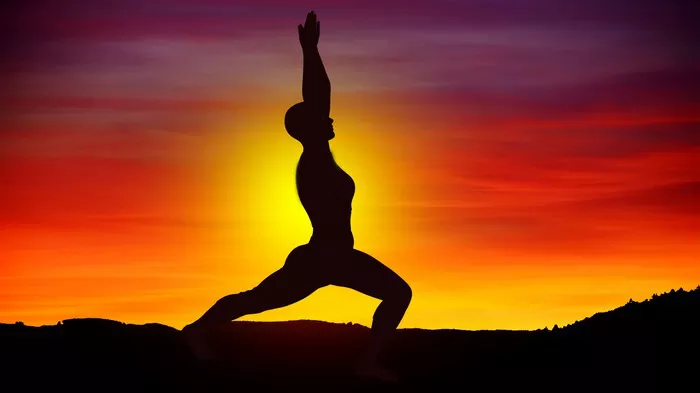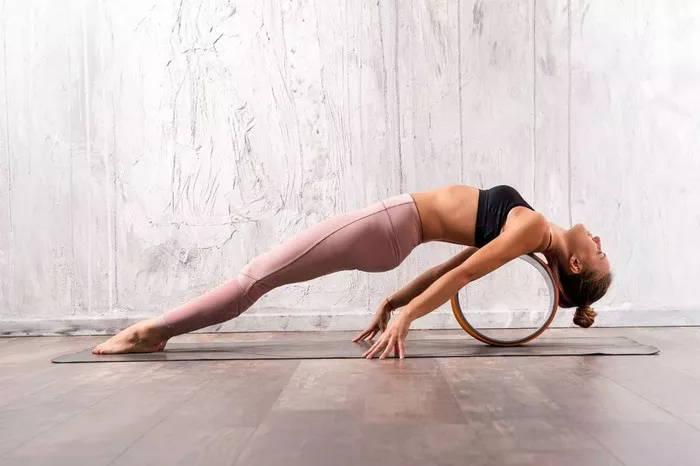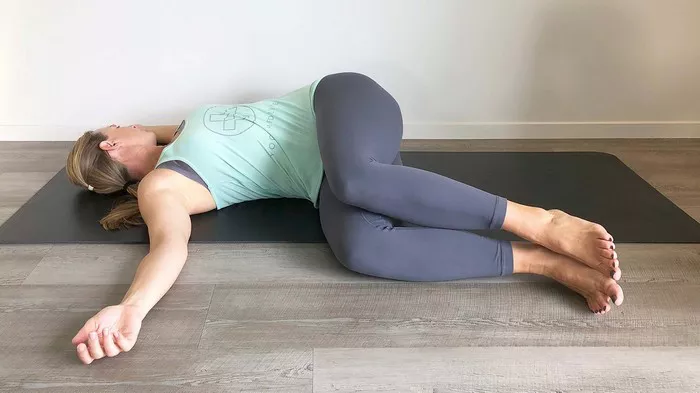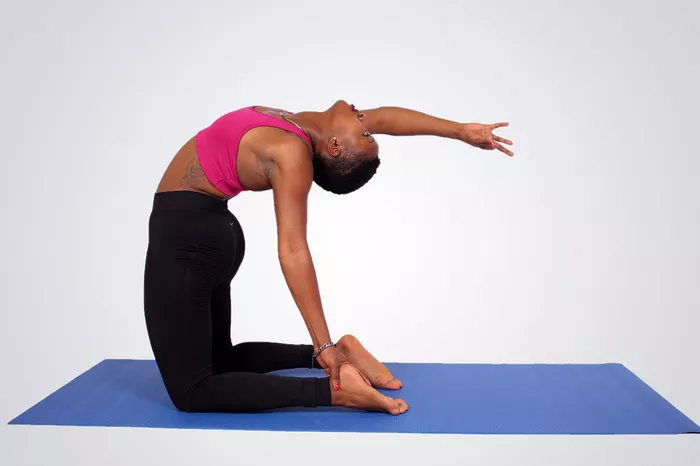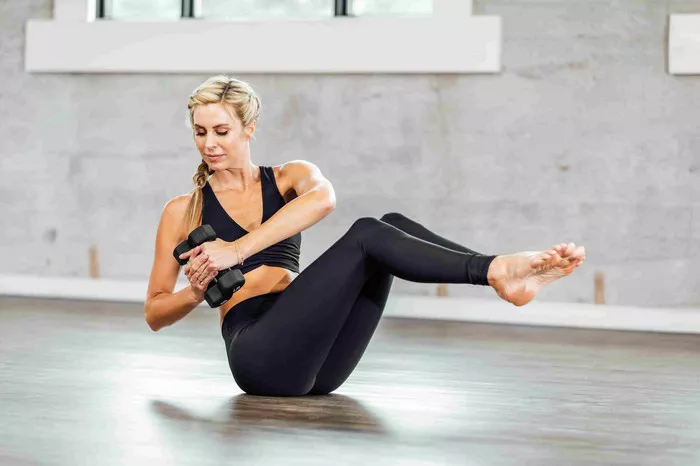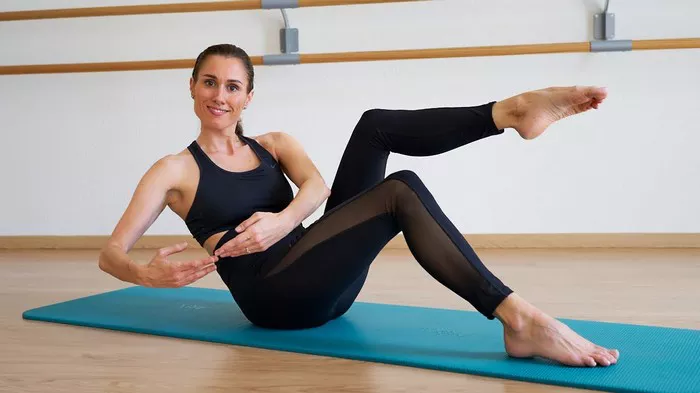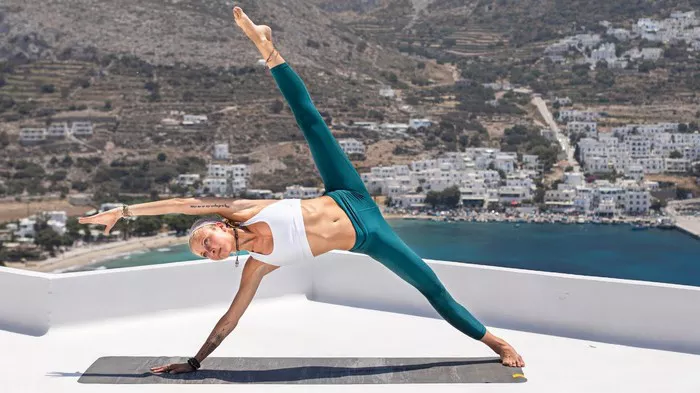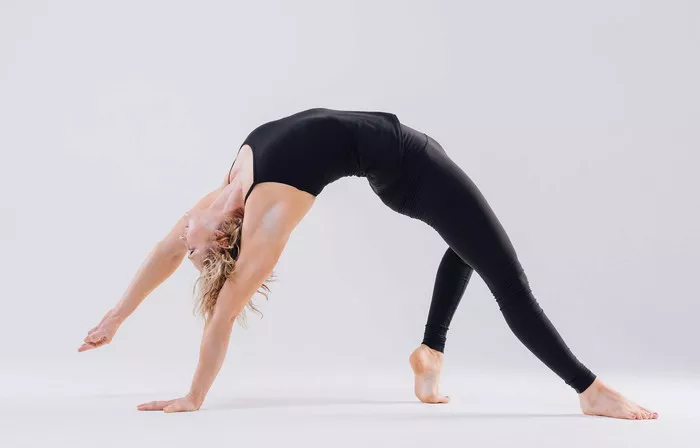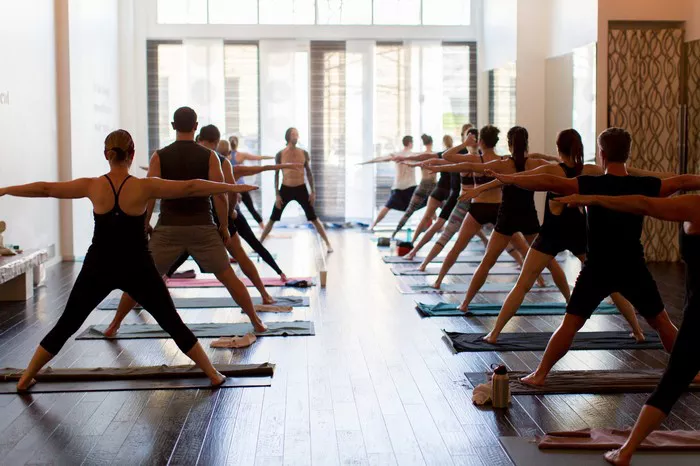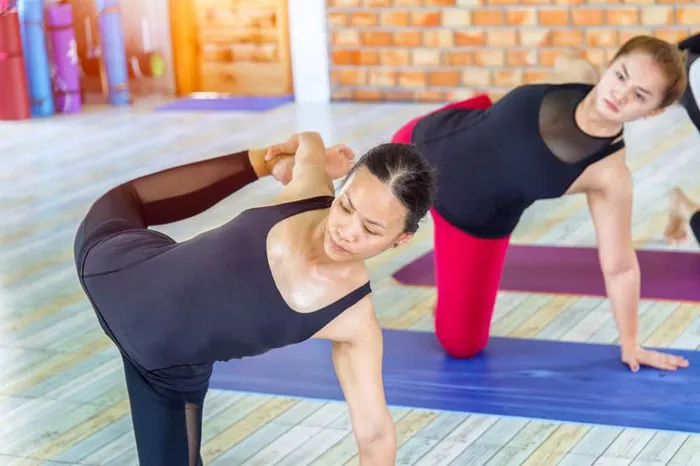Uttanasana, often known as the Standing Forward Bend, is one of the most widely practiced yoga poses. It is a seated or standing forward fold, commonly integrated into various styles of yoga, especially in Vinyasa and Hatha practices. Uttanasana is an effective pose for improving flexibility in the hamstrings, relieving tension in the back, and stretching the calves, neck, and spine. It can also enhance circulation, calm the mind, and stimulate the nervous system.
However, despite its seemingly simple nature, Uttanasana can be prone to several common mistakes, especially for beginners. These errors can diminish the benefits of the pose, potentially leading to discomfort or even injury. In this article, we will examine the most frequent mistakes made in Uttanasana and how to avoid them to ensure a safe and effective practice.
1. Misaligning the Feet
The alignment of the feet is crucial in Uttanasana for maintaining balance and protecting the lower back. Many students make the mistake of placing their feet too far apart or too close together, leading to instability during the pose.
Mistake: Placing the feet too wide or too narrow.
Too wide: This often occurs when students try to go deeper into the forward fold by spreading their feet farther apart. While it might feel like a deeper stretch, it can lead to discomfort in the knees and hips and may misalign the pelvis.
Too narrow: When the feet are too close together, balance becomes an issue, and the stretch on the hamstrings may not be as effective. The legs should be able to move freely in the pose without any restrictions.
Solution: The feet should be hip-width apart, with the toes pointing straight ahead. This alignment helps distribute the weight evenly across the feet, engages the thighs, and encourages proper alignment in the hips and spine.
2. Roundness in the Spine
One of the most common mistakes in Uttanasana is rounding the spine excessively while attempting to touch the floor with the hands. Rounding the back compromises the integrity of the pose, leading to strain in the lower back and limiting the effectiveness of the stretch.
Mistake: Rounding the spine to touch the floor or place the hands on the ground.
This usually happens when students are more focused on the depth of the fold rather than the quality of the stretch and alignment. Overarching or rounding the back puts unnecessary pressure on the spine and can lead to discomfort or injury.
Solution: Focus on maintaining a long, straight spine as you fold forward. Instead of aiming for the floor with the hands, prioritize creating length in the spine first. Engage the core and hinge from the hips rather than collapsing forward. If you can’t reach the floor, you can place your hands on blocks or keep a slight bend in your knees to avoid rounding the back.
3. Hyperextending the Knees
A common mistake in Uttanasana is locking or hyperextending the knees. Hyperextension refers to the backward bending of the knees, which places strain on the joints and ligaments. This misalignment reduces stability and may cause long-term damage if practiced repeatedly.
Mistake: Locking the knees in a fully extended position.
This is often done subconsciously when trying to straighten the legs fully during the forward fold, creating tension in the joints.
Solution: To avoid hyperextension, engage the muscles of the thighs (quadriceps) to create stability around the knee joint. Gently bend the knees if necessary, especially if you feel any strain in the knees or lower back. This will help protect the knees and deepen the stretch in the hamstrings safely.
4. Focusing Too Much on Touching the Floor
A common error that many students make is thinking that the goal of Uttanasana is to touch the floor with their hands. This is not the main objective of the pose, and striving for this can lead to overextending the body, which may cause harm.
Mistake: Overreaching to touch the floor.
Students might collapse their upper body or round their back excessively, just to reach the ground with their hands. While touching the floor can be a sign of flexibility, it should not come at the cost of misalignment or strain.
Solution: The focus should be on maintaining a long spine and engaging the muscles in the legs, rather than forcing the body into an extreme position. If reaching the floor feels challenging, use yoga blocks under the hands for support or slightly bend the knees. Over time, as your flexibility improves, you can work towards straightening your legs, but never at the expense of your spinal alignment.
5. Incorrect Neck Position
The position of the neck is often overlooked in Uttanasana. It’s essential to maintain alignment in the neck, as misalignment can lead to tension in the neck and shoulders.
Mistake: Tucking or straining the neck.
Some students tend to tuck their chin excessively or look toward the navel during the forward fold, which may cause strain in the neck. Others may look forward with their neck extended too much, which can disrupt the natural curve of the cervical spine.
Solution: The neck should remain neutral, aligned with the spine. Keep the crown of your head reaching toward the floor, and allow the natural curve of the neck to follow the alignment of the rest of the spine. Keep the gaze directed toward the legs or the floor without forcing the head into a specific position.
6. Overextending the Hips
The hips are the key to a proper forward fold. When students overextend or misalign their hips, they often place unnecessary strain on the lower back or knees. The forward fold should primarily come from the hips rather than the back.
Mistake: Bending from the waist rather than hinging from the hips.
Bending the body from the waist while keeping the hips fixed in place often leads to a strained lower back, as the movement is not coming from the proper area.
Solution: In Uttanasana, initiate the forward fold by hinging from the hips. As you fold forward, think of pushing your hips back while maintaining the length in the spine. This will help activate the hamstrings and protect the lower back.
7. Neglecting the Breath
Breathing is an integral part of any yoga pose, including Uttanasana. Many students make the mistake of holding their breath or breathing shallowly during the pose, which can create tension and prevent relaxation.
Mistake: Holding the breath or shallow breathing.
Holding the breath often happens when students concentrate too much on their physical alignment, while shallow breathing can result from discomfort or effort.
Solution: Maintain deep, steady breaths throughout the pose. Inhale as you lengthen the spine and exhale as you fold forward. Use the breath to create more space and deepen the stretch, while also calming the nervous system. Breathing fully ensures that your body remains relaxed and helps in achieving the benefits of the pose.
8. Ignoring the Core Engagement
Another common mistake in Uttanasana is failing to engage the core muscles. Many students may think that because they are bending forward, the core is not needed. However, neglecting core engagement can affect the alignment of the spine and lead to discomfort.
Mistake: Not engaging the core muscles.
A lack of core engagement may lead to slumping or misaligning the pelvis, putting strain on the lower back and affecting the quality of the stretch.
Solution: Actively engage the core muscles as you fold forward. Think about pulling your belly button toward your spine while keeping the chest open. This engagement supports the spine, helps maintain proper alignment, and protects the lower back during the pose.
9. Forcing the Body Into a Deep Fold
It is easy to feel the urge to push for a deeper forward fold, especially in a group setting or when practicing with a teacher who encourages deepening poses. However, forcing the body to fold deeper than it is ready for can lead to injury or discomfort.
Mistake: Forcing the body into a deeper fold.
Forcing the body too deep can result in overstretching the hamstrings or lower back, which may lead to injury.
Solution: Always listen to your body and respect its limits. Progress in Uttanasana should be gradual, and you should never push beyond your range of motion. Allow yourself to experience the pose without any judgment or expectation, focusing on lengthening the spine and breathing deeply rather than reaching for a specific depth.
10. Not Using Props When Necessary
Props can be extremely helpful in yoga, especially for beginners or those with limited flexibility. However, many students avoid using props in Uttanasana, thinking that they aren’t needed or that they are “cheating.”
Mistake: Avoiding props like blocks or straps.
Some students might avoid using props because they feel they should be able to perform the pose without assistance, even when their flexibility or alignment is not yet optimal.
Solution: Don’t hesitate to use props to support your practice. Blocks placed under the hands can help maintain proper spinal alignment, and using a strap around the feet can help extend the stretch in the hamstrings. Props make the practice more accessible and can ensure proper alignment and safety, especially as you work on deepening the stretch.
Conclusion
Uttanasana is a transformative yoga pose that offers numerous benefits when practiced correctly. By being mindful of the common mistakes discussed in this article—such as improper foot alignment, rounding the spine, overextending the knees, and forcing the depth of the fold—you can practice the pose more safely and effectively. Always prioritize alignment and comfort over depth, listen to your body, and use props as needed. With time and patience, Uttanasana can help improve flexibility, strengthen the core, relieve stress, and deepen your overall yoga practice.
Related Topics:

